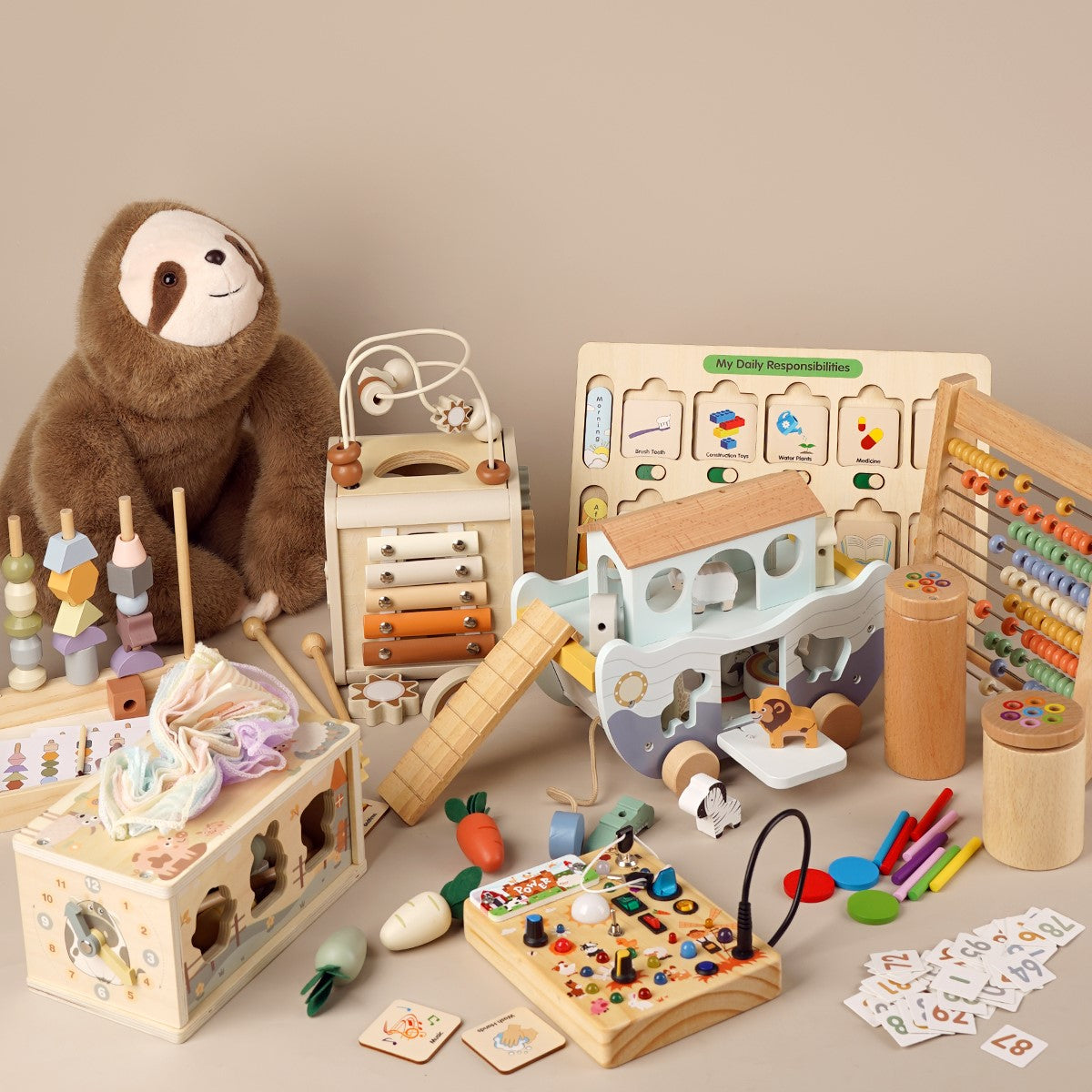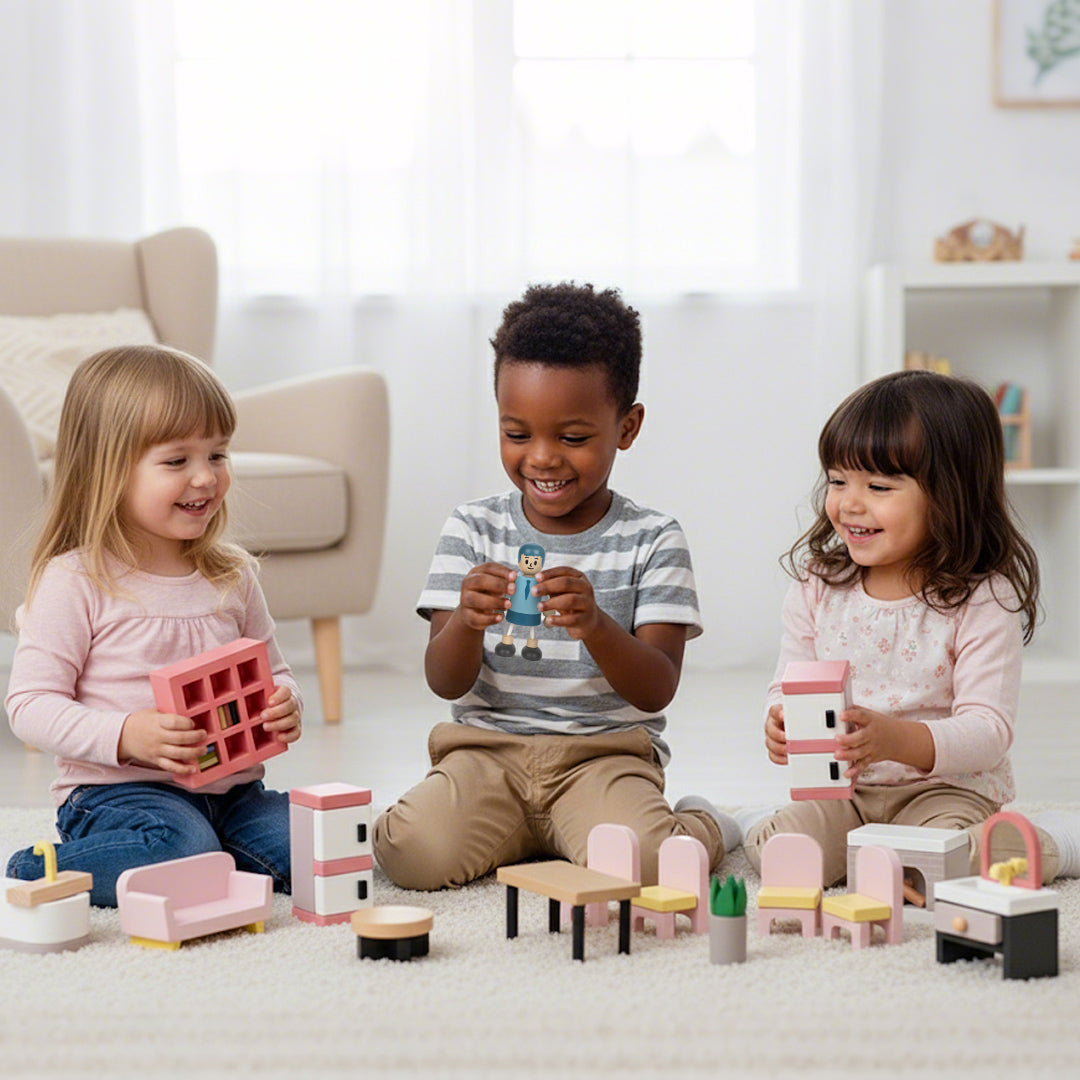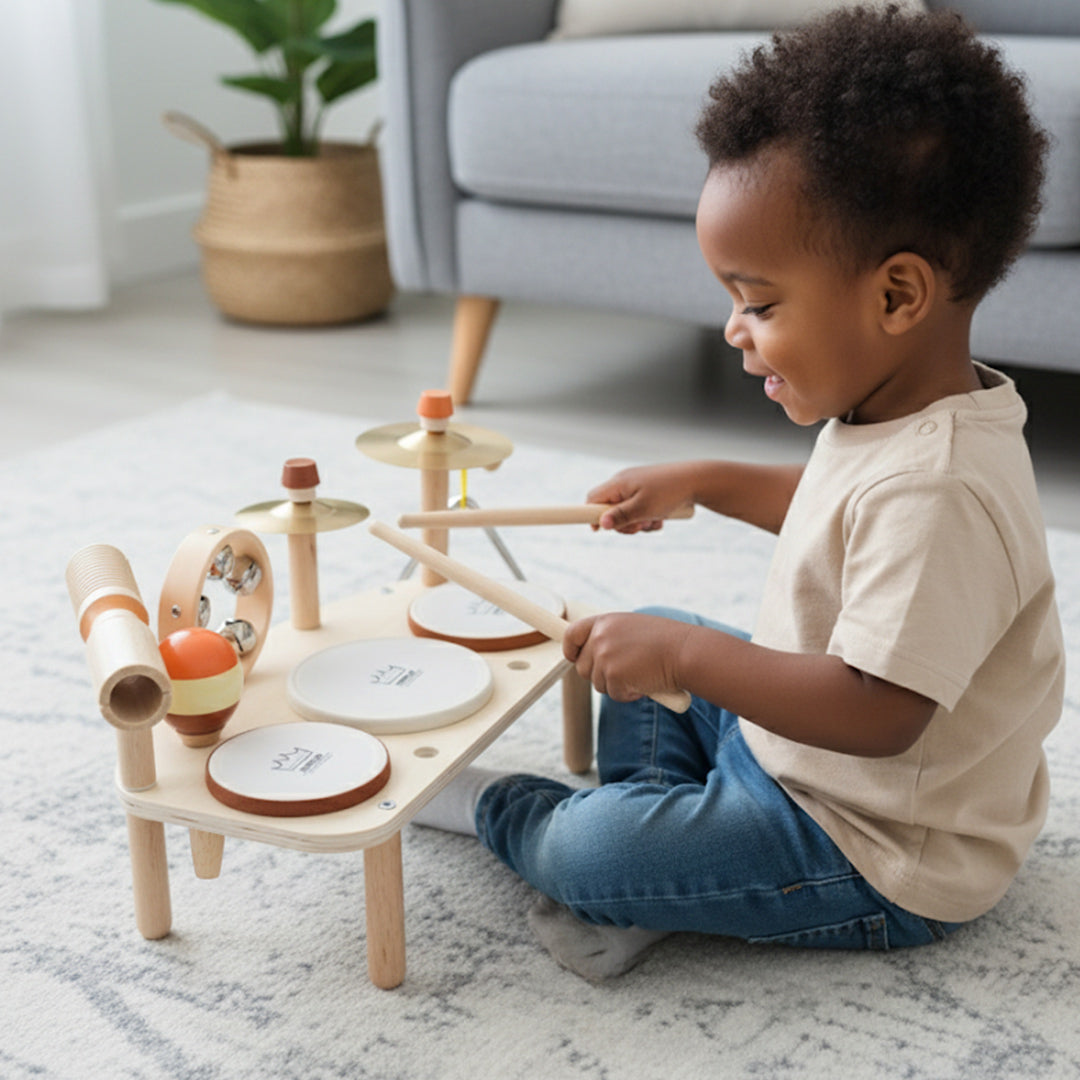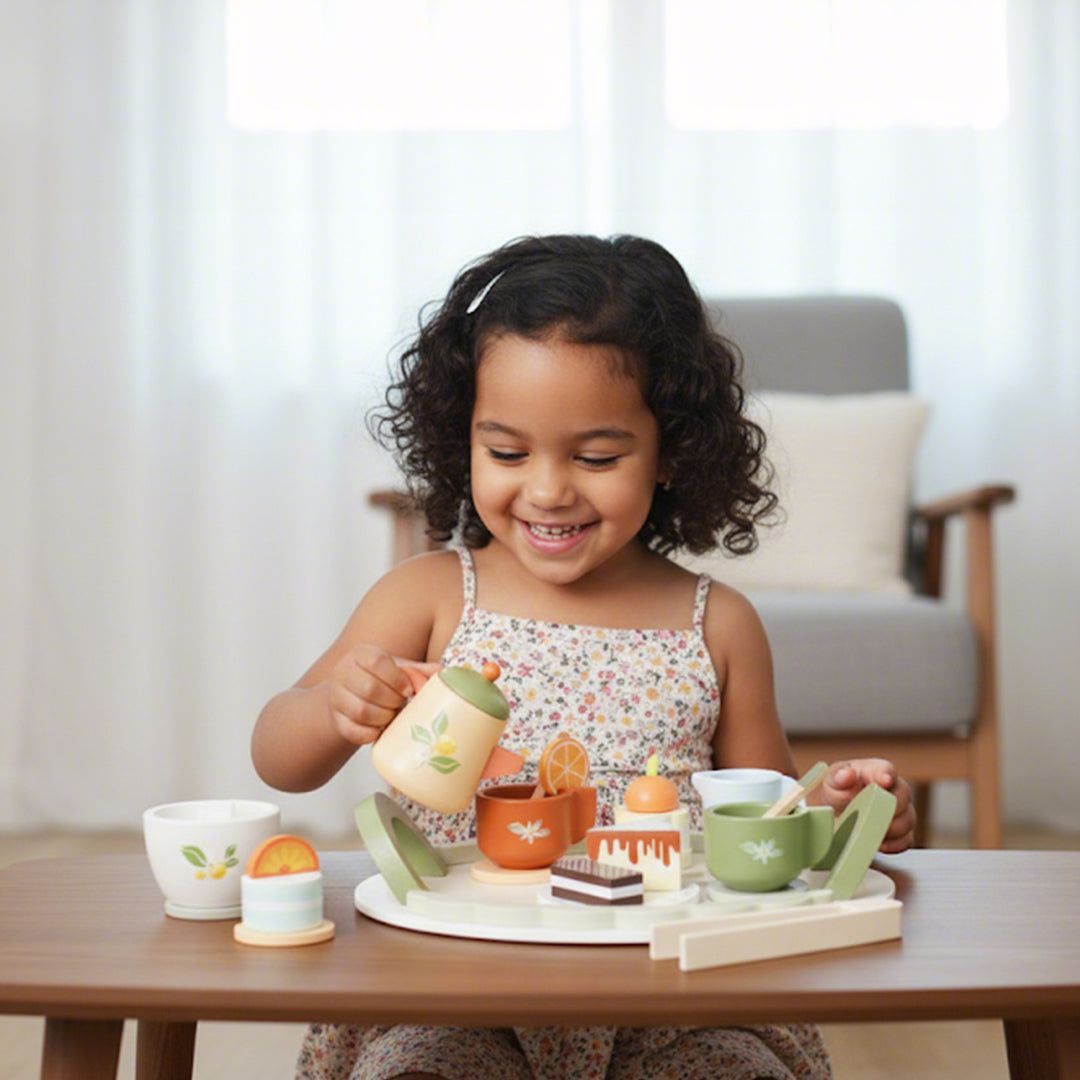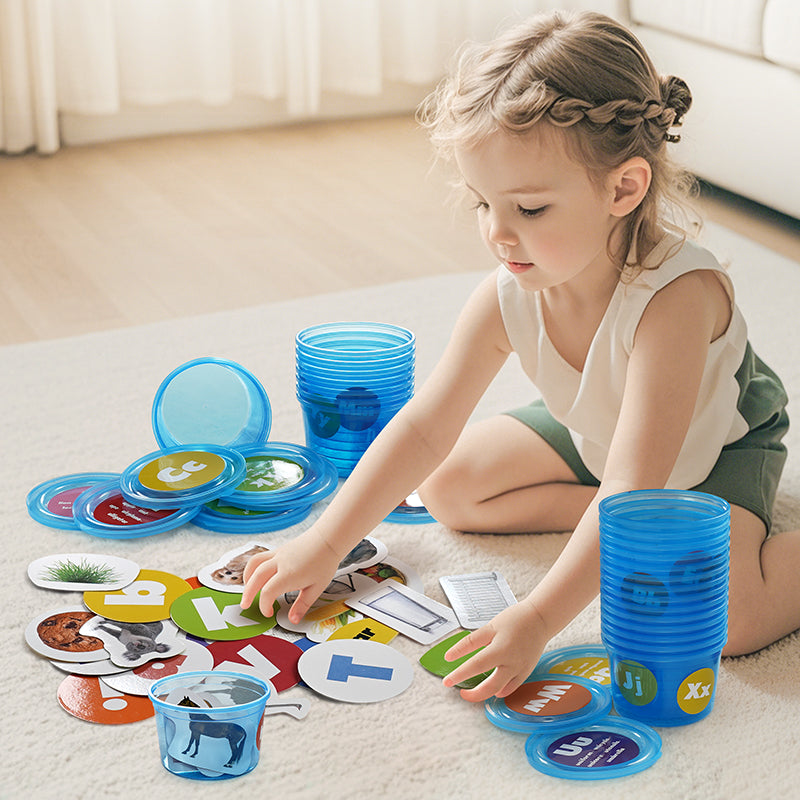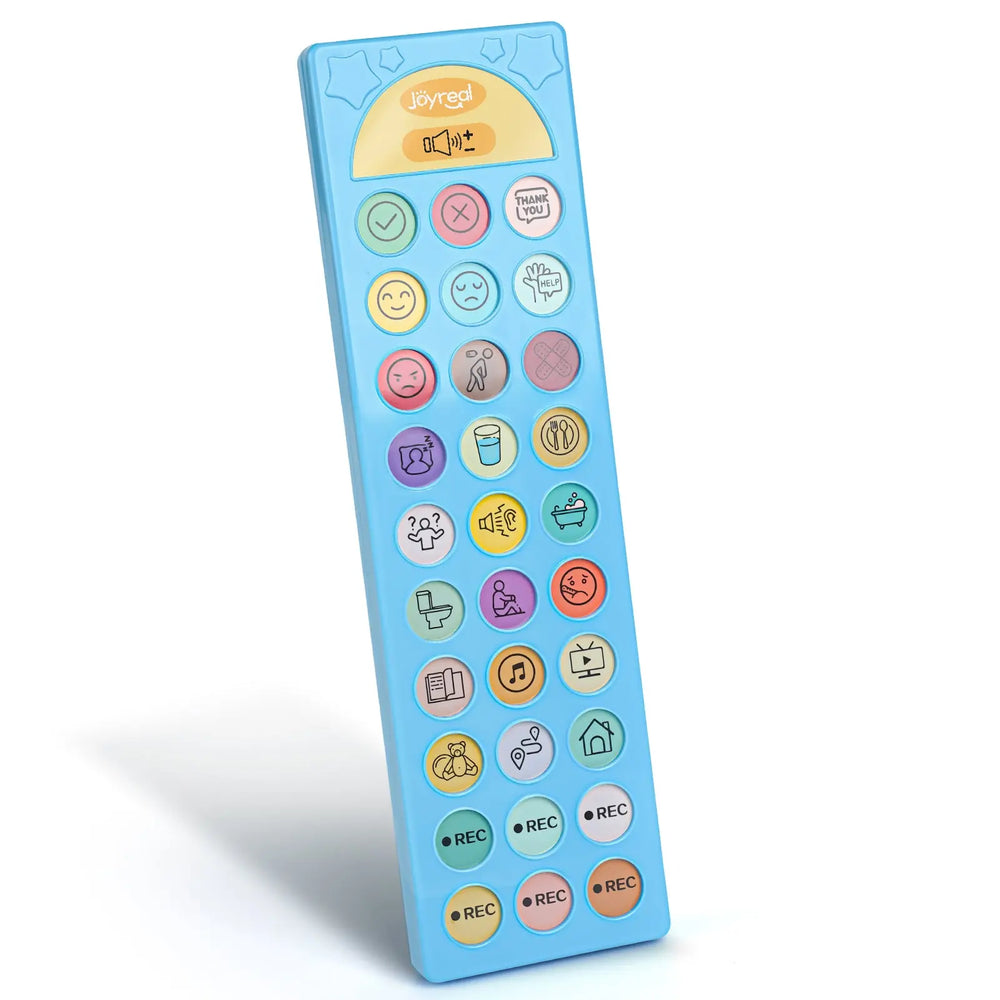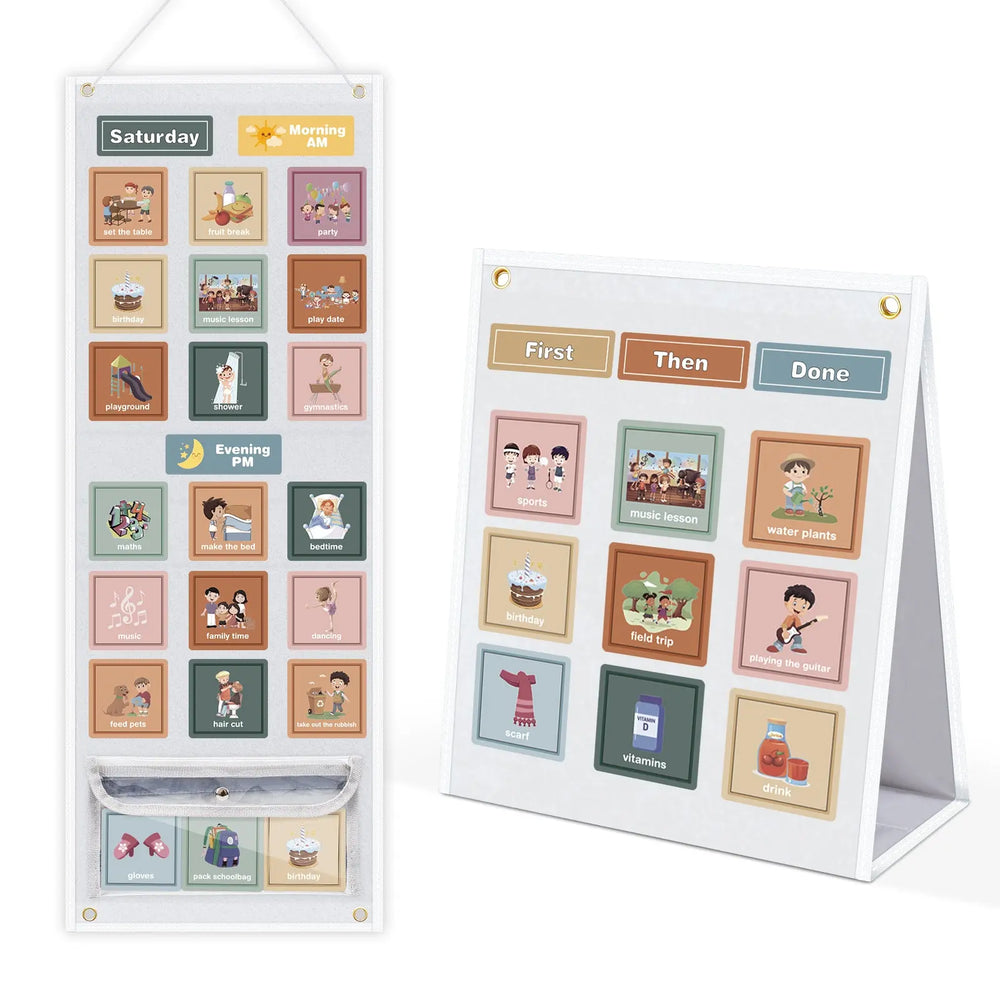Baby Language Development: From First Sounds to Speech

Watching your baby progress from cooing to conversing is one of parenting's most rewarding journeys. Understanding the stages of language acquisition and learning effective strategies to support your little one's communication skills can make this developmental milestone even more meaningful.
When Do Babies Start Talking?
Most babies speak their first recognizable word between 12-14 months, typically mastering 1-3 words by 15 months. However, communication begins much earlier through:
- Vocalizations: Coos, squeals, and babbles
- Gestures: Pointing, reaching, waving
- Receptive language: Understanding words before speaking them
Remarkably, babies can comprehend 20-100 words by 12-15 months and often recognize their name as early as 5-9 months.
Common First Words Beyond "Mama" and "Dada"
While parental names are frequent first words, babies often surprise with other early vocabulary:
- Social words: "Hi," "Bye-bye"
- Food terms: "Yum," "Milk"
- Familiar objects: "Ball," "Bottle" (often as "ba")
Research reveals babies favor bilabial sounds (like /m/, /b/, /p/) where lip movements are visible—a pattern observed across languages from Japanese to Swedish.
6 Research-Backed Ways to Encourage Early Speech
- Narrate daily life: Describe activities using simple, animated speech. Studies link vocabulary growth to exposure to high-frequency words.
- Practice serve-and-return: Respond to baby's vocalizations as meaningful communication, reinforcing conversational patterns.
-
Strategic repetition: Highlight key words like "up," family names, and favorite objects.
Word bridging: When baby uses approximations ("ba" for bottle), model the complete word in context. - Create opportunities: Offer choices between two items, naming each to encourage verbal responses.
- Interactive reading: Follow baby's interest in books, emphasizing pictures rather than completing stories.
Baby Sign Language: Benefits and Best Practices
Studies show signing:
- Accelerates communication pathways
- Reduces frustration by providing pre-verbal expression
- Enhances fine motor skills
Effective signing tips:
- Use authentic signs (like ASL)
- Start with functional words ("eat," "more")
- Consistently pair signs with spoken words
- Keep sessions playful and pressure-free
Bilingualism and Language Development
Contrary to myths, bilingualism:
- Doesn't cause speech delays
- May result in slightly later first words (still within 12-15 month range)
- Leads to comparable total vocabulary when both languages are considered
- Offers cognitive benefits like enhanced executive function
Supporting bilingual acquisition:
- Provide balanced exposure to both languages
- Read books in each language
- Incorporate music and songs
- Respond warmly to all communication attempts
Age-by-Age Language Milestones
Newborn to 3 Months
- Cooing: Open vowel sounds ("ahh," "ohh")
- Differentiated crying: Distinct sounds for hunger, discomfort
- Vocal turn-taking: Responds to speech with sounds
Boost development by:
- Encouraging mouthing (strengthens speech muscles)
- Engaging in face-to-face "conversations"
- Mirroring baby's sounds
3-6 Months
- Expanded vocal range: Squeals, raspberries
- Chain babbling: "Babababa"
- Name recognition: Begins responding to their name
Strengthen skills with:
- "Parentese" (high-pitched, exaggerated speech)
- Slow-paced verbal exchanges
- Sensory-rich language experiences
6-9 Months
- Reduplicated babbling: "Mama," "dada" (initially without meaning)
- Gestural communication: Reaching, raising arms
- Object permanence language: "Where's...?"
Enhance learning through:
- Responsive babbling exchanges
- Repetition of target words
- Descriptive narration during play
9-12 Months
- Intentional words: Specific names for caregivers
- Simple commands: Responds to "no," "come here"
- Social gestures: Waving "bye-bye"
Support strategies:
- Imitation games
- Joint attention activities
- Frequent labeling of objects/actions
12-24 Months
- Vocabulary explosion: From ~5 words to 50+
- Two-word combinations: "More milk," "Mommy up"
- Following directions: Understands simple requests
Encourage growth by:
- Expanding on single words
- Offering choices
- Reading interactive books
2-3 Years
- Sentence formation: 3-5 word phrases
- Question asking: "What that?" "Why?"
- Pronoun use: Emerging "I," "me," "you"
Development tips:
- Model correct grammar naturally
- Encourage storytelling
- Play pretend scenarios
3+ Years
- Conversational skills: 2-3 exchange dialogues
- Complex questions: "Why is the sky blue?"
- Clear speech: 75% intelligibility to strangers
Continue supporting with:
- Rich vocabulary exposure
- Open-ended questions
- Patient listening
When to Seek Guidance
While development varies, consult your pediatrician if your child:
- Isn't babbling by 7 months
- Shows no response to name by 9 months
- Has no words by 16 months
- Lacks two-word phrases by 2 years
- Experiences regression in skills
Remember, language flourishes best in warm, responsive interactions. By tuning into your baby's unique developmental timeline and providing a language-rich environment, you're laying the foundation for a lifetime of communication success.
Supporting Early Speech Development with Joyreal AAC Devices
Early speech development is a critical part of a child's growth, and sometimes children need extra help to communicate effectively. Joyreal AAC (Augmentative and Alternative Communication) devices provide an excellent solution, supporting children in their journey to develop speech skills. These devices help bridge communication gaps for children who may face speech delays or difficulties, ensuring they can express their needs and thoughts confidently.
1. What Are AAC Devices and How Do They Help?
AAC devices are tools designed to support children who have difficulty speaking. Joyreal aac devices for autism are specifically crafted to be user-friendly and adaptable to the child's evolving communication needs. They can include a range of features, such as touch screens, speech synthesis, and customizable buttons that children can use to select words or phrases. By using these devices, children who may struggle with verbal communication can still engage in meaningful conversations and social interactions.
2. How Joyreal AAC Devices Support Early Speech Development
In the early stages of speech development, children learn to associate sounds with meanings and begin forming words and phrases. Joyreal AAC devices are an essential tool during this process, offering a safe and supportive environment for children to experiment with communication.
- Encouraging Communication: By providing a way for children to communicate, even before they can speak, AAC devices reduce frustration and help children develop a desire to interact with others.
- Expanding Vocabulary: Joyreal AAC devices come with a wide range of pre-programmed words and phrases that can be personalized to fit the child’s needs. This supports language acquisition and vocabulary expansion in a structured yet flexible way.
- Building Confidence: Using an AAC device empowers children, allowing them to express themselves more confidently, which can enhance their self-esteem and social skills.
3. Benefits of Using Joyreal AAC Devices for Children with Speech Delays
Children who experience speech delays often feel isolated or misunderstood, which can hinder their social and emotional development. Joyreal AAC devices offer several key benefits for these children:
- Improved Communication: By providing children with an alternative means of communication, these devices help them connect with peers, family members, and teachers, fostering stronger relationships.
- Tailored to the Child’s Needs: Joyreal devices can be customized to suit each child’s level of language development, ensuring they receive the right amount of support at each stage of growth.
- Enhanced Learning: By integrating these devices into daily routines and learning activities, children can practice new words, phrases, and concepts, aiding their cognitive and social development.
4. How to Integrate Joyreal AAC Devices into Daily Activities
Using Joyreal AAC devices effectively requires consistency and creativity. Here are a few tips for integrating these devices into daily activities:
- Interactive Play: Use the device during playtime to encourage spontaneous communication. For example, when playing with toys or engaging in games, prompt the child to select words or phrases related to their actions.
- Daily Routines: Incorporate the device into everyday activities like meal times, bath times, or going to the park. This helps reinforce vocabulary and creates opportunities for children to use the device naturally.
- Encourage Social Interaction: Set up playdates or group activities where children can use their AAC devices to communicate with peers. This helps them practice their language skills in a social setting.
5. The Role of Parents and Educators in Supporting AAC Use
For children to get the most out of their Joyreal AAC device, consistent support from parents, caregivers, and educators is essential. Here are a few ways they can play a role in fostering communication development:
- Consistency: Parents and educators should consistently use the device during daily routines, allowing the child to practice and gain confidence in using it.
- Positive Reinforcement: Celebrate the child’s progress and encourage them to use the device to express themselves more freely. Positive reinforcement will motivate the child to continue exploring new communication possibilities.
- Collaboration with Therapists: Working with speech therapists or other professionals can help ensure the child is using the device in the most effective way possible and making progress toward their speech development goals.
Conclusion
Remember, language flourishes best in warm, responsive interactions. By tuning into your baby's unique developmental timeline and providing a language-rich environment, you're laying the foundation for a lifetime of communication success.
Maybe it will be helpful for you:
Recent Post

What Finally Helped My Toddler Speak Up?
If you’re a toddler mom, you already know how much emotional weight...

Joyreal Christmas Toys Deals 2025
Enjoy instant savings across nearly every category, from early lear...

How Wooden Montessori Toys Support a Sustainable Childhood
Most parents don’t say it out loud, but many feel the same quiet fr...

Top Christmas Gifts to Help Kids Communicate Better This Holiday Season
The holiday season brings joy, family bonding, and endless opportun...

How to Make DIY Printable Communication Boards
Communication is at the heart of every child’s development — and fo...

Top 5 Christmas Gifts That Bring Families Closer (2025 Guide)
Christmas isn’t just about the gifts — it’s about the moments we c...

Top Musical Christmas Gifts for Toddlers & Preschoolers 2025
Why Musical Gifts Are Perfect for Toddlers and Preschoolers Music h...

Joyreal AAC Devices Wholesale Partner
In today’s educational and therapeutic environments, speech therapi...

Joyreal AAC Device – Big Sale for Autism & Speech
Every Voice Deserves to Be Heard Imagine your child looking up at y...

How to Choose Safe & Educational Toys for Christmas 2025
When “Just a Toy” Means So Much More If you’re a parent, you know t...
